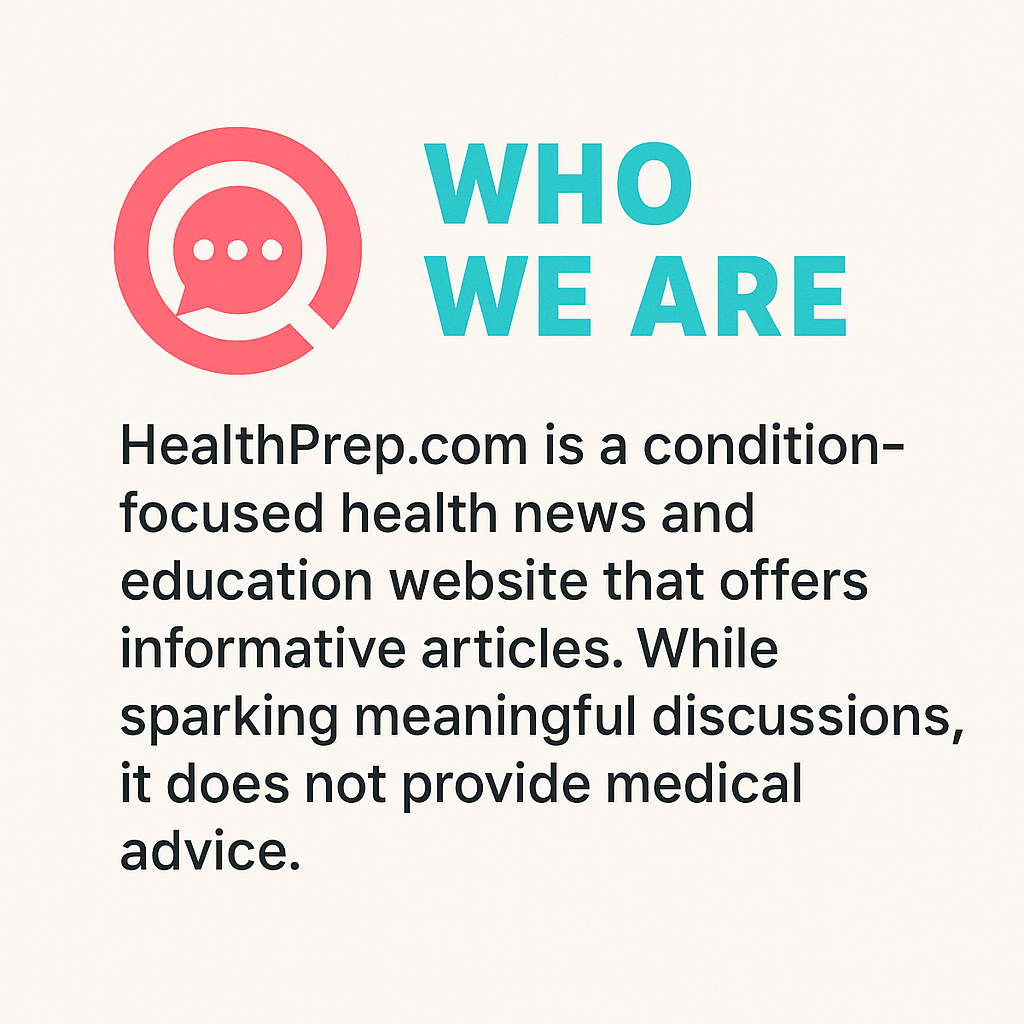11 Easy Tricks to Get More Protein in Every Meal
In the journey of culinary exploration and nutritional awareness, protein stands as a cornerstone in the edifice of healthy eating. As the building blocks of life, proteins play a crucial role in cellular repair, immune function, and muscle growth. Yet, many find themselves puzzled over how to seamlessly incorporate more protein into their daily diets without disrupting their culinary routines. This article embarks on an insightful exploration of 11 simple and effective ways to elevate your meals by adding more protein every day. From understanding the importance of protein to practical tips and creative ideas, this guide aims to enrich your dietary habits and enhance your overall health.
1. Breakfast Boosters
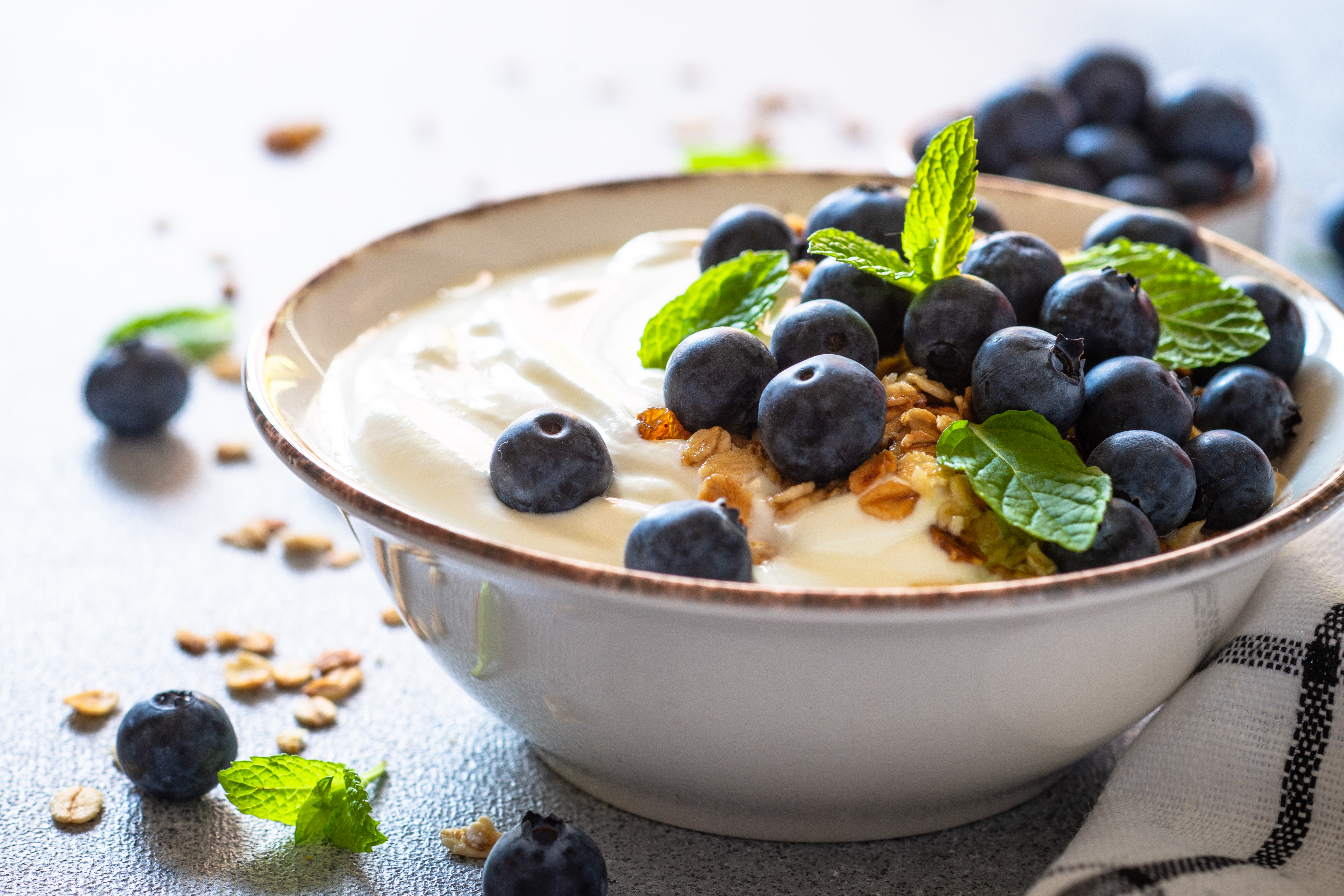
Breakfast is often touted as the most important meal of the day, and it's the perfect opportunity to infuse your diet with protein. Starting your day with a protein-rich meal can sustain energy levels and enhance concentration. Eggs, Greek yogurt, and cottage cheese are excellent breakfast staples that pack a protein punch. Adding nuts or seeds to your morning cereal or blending a protein powder into your smoothie are simple yet effective ways to increase protein intake. These breakfast options and similar recipes readily transform your morning routine into a protein-rich powerhouse.
2. Snack Smart
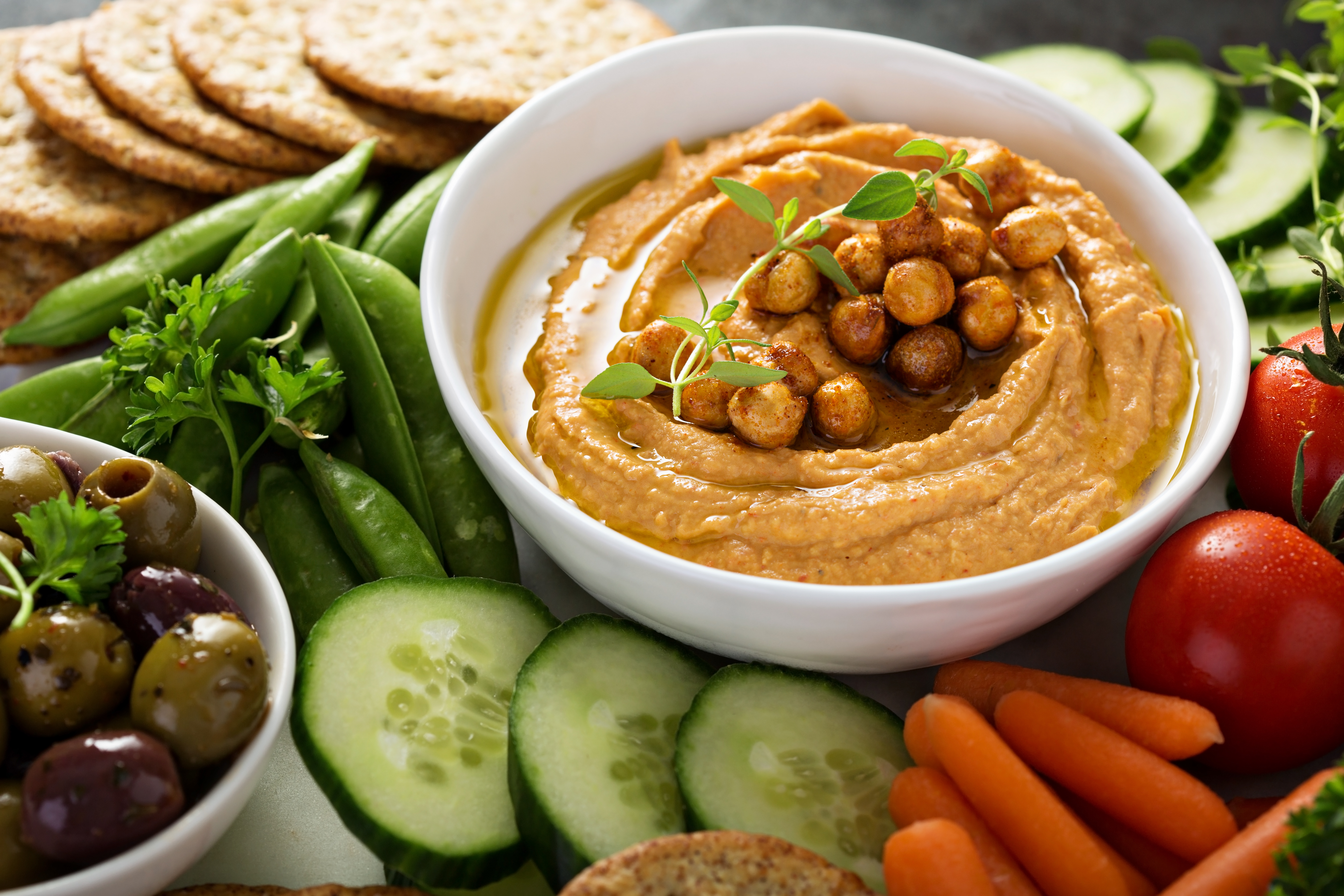
Snacking can be a pitfall for those trying to maintain a balanced diet, but with the right choices, it can become a valuable opportunity to increase protein intake. Protein bars, nuts, and seeds are convenient, portable snacks that can keep hunger at bay between meals. Incorporating hummus with veggies or a hard-boiled egg can provide a satisfying, protein-rich snack. Choosing nutritious and delicious protein-packed snacks like these ensures you stay energized and full throughout the day.
3. Plant-Based Proteins
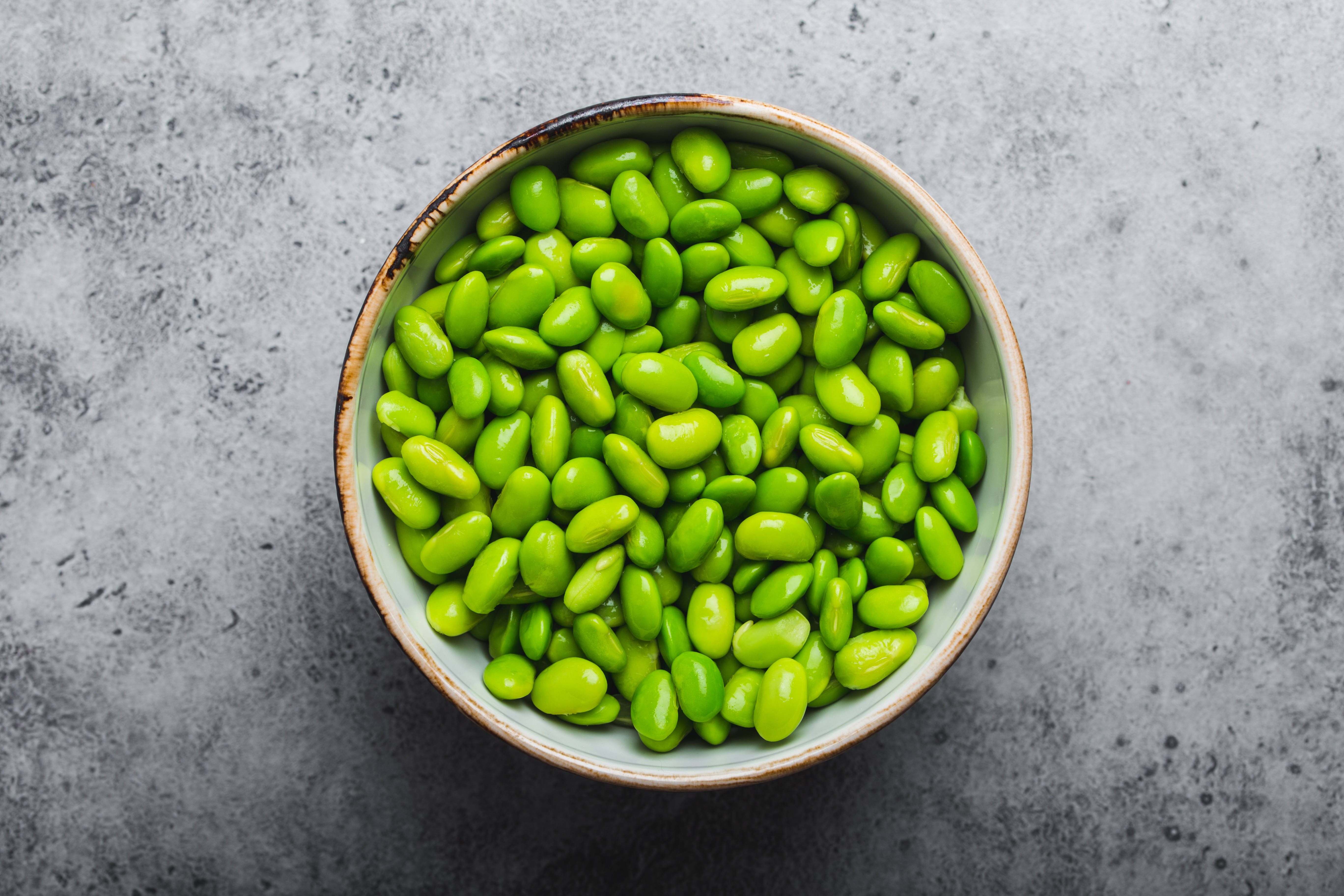
For those following a vegetarian or vegan diet, or simply looking to diversify their protein sources, plant-based proteins offer a myriad of options. Lentils, chickpeas, quinoa, and tofu are not only rich in protein but also provide essential vitamins and minerals. Incorporating these into salads, soups, or stir-fries can significantly boost your protein intake. These versatile ingredients highlight the benefits and nutritional value of plant-based proteins, proving that plant-based eating can be both satisfying and protein-rich.
4. Protein-Rich Grains
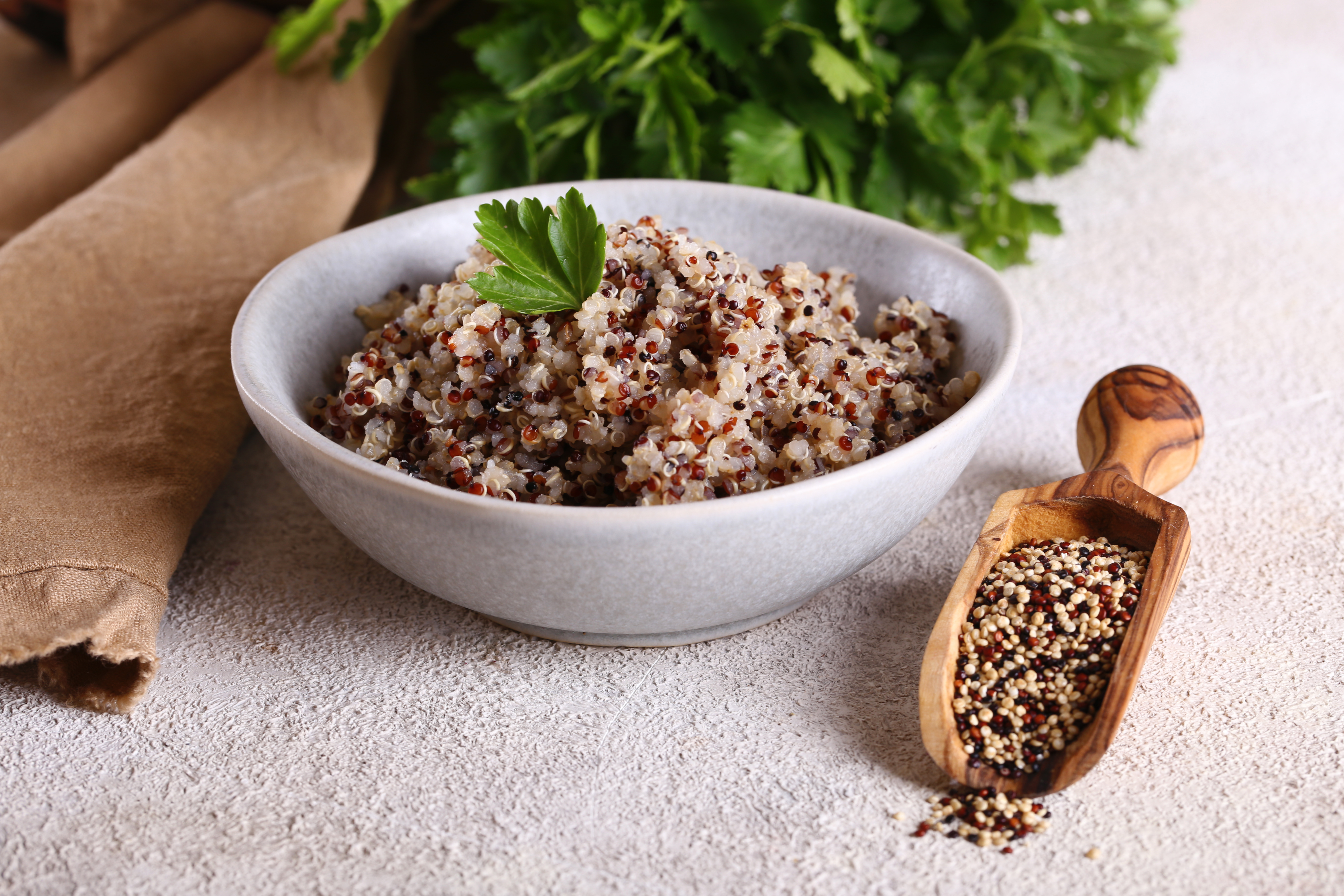
Grains are a staple in many diets, and selecting those high in protein can make a significant difference in your daily intake. Quinoa, amaranth, and farro are excellent examples of protein-rich grains that can be used as a base for salads, bowls, or as a side dish. These grains not only provide protein but also deliver fiber and essential nutrients, contributing to overall health. The nutritional profiles of these grains demonstrate how incorporating them into your meals enhances both flavor and protein content.
5. Dairy Delights
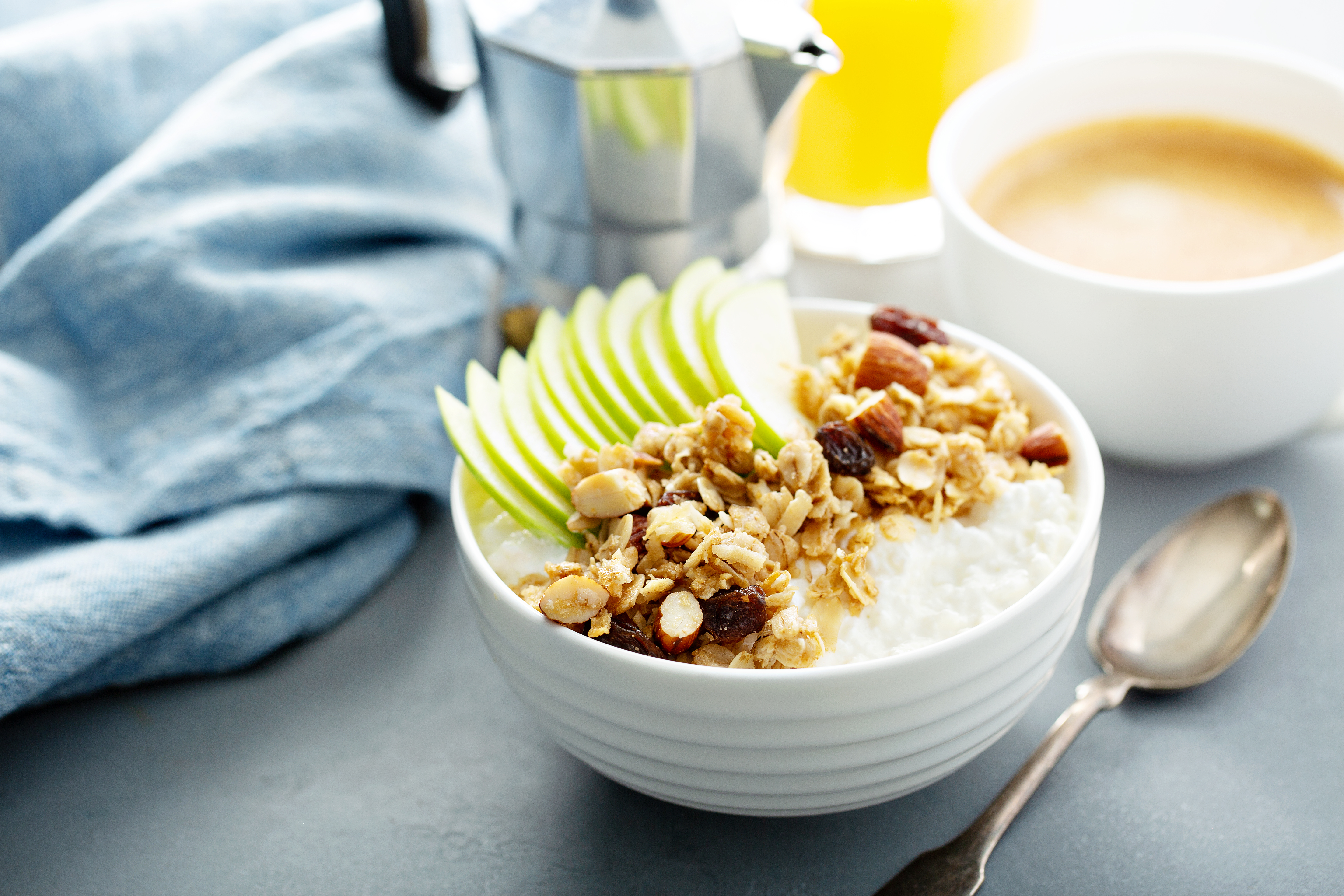
Dairy products are a well-known source of protein, with options ranging from milk to cheese to yogurt. Greek yogurt, in particular, is a versatile ingredient that can be used in both sweet and savory dishes. Cottage cheese, ricotta, and kefir are other dairy products that can easily boost your protein intake. Understanding the nutritional benefits of dairy opens up creative ways to incorporate these products into daily meals, ensuring a delicious and protein-rich diet.
6. Meat and Poultry
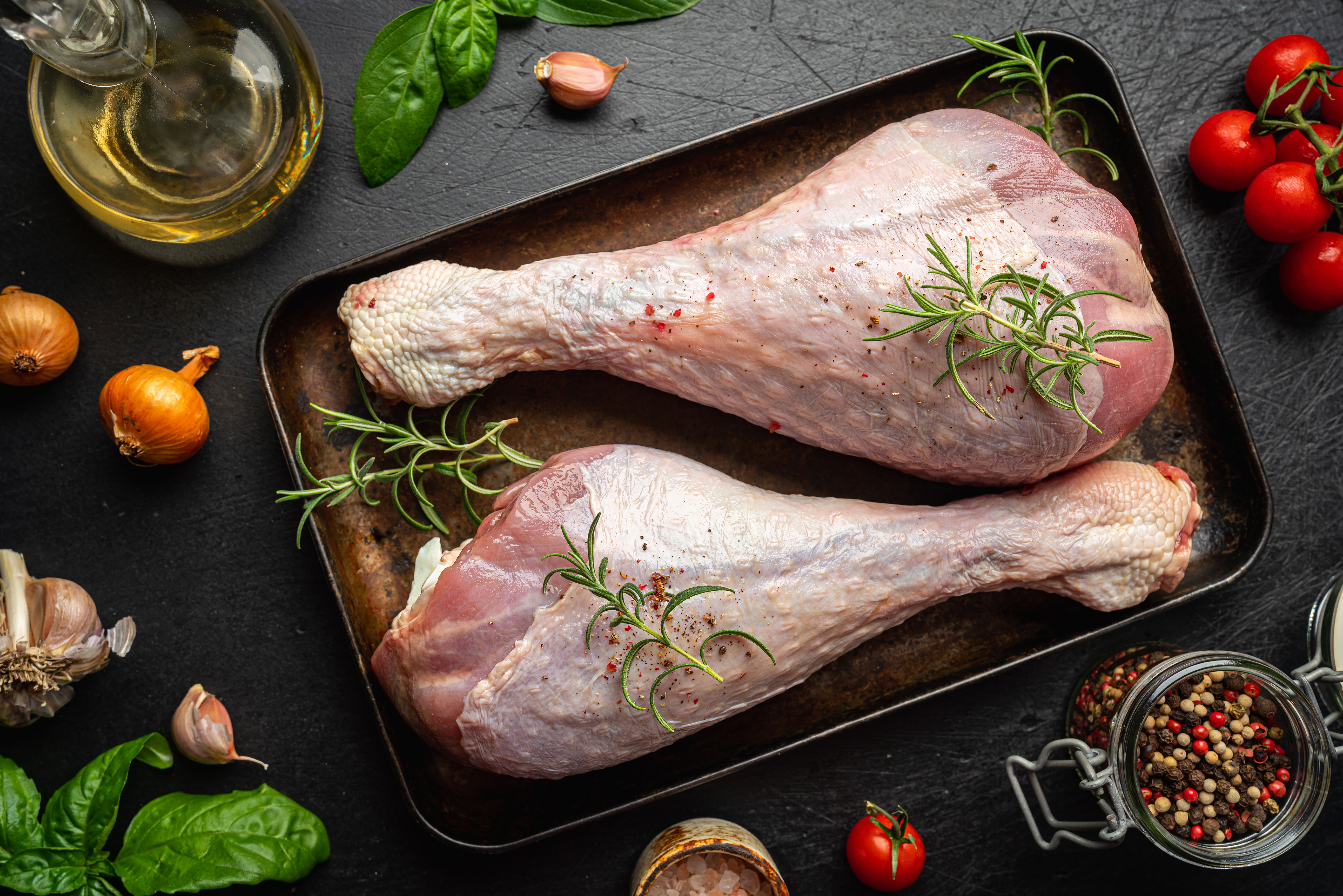
For those who consume meat, chicken, turkey, and lean cuts of beef or pork are excellent sources of high-quality protein. Incorporating these into your meals can be straightforward, whether through grilling, roasting, or sautéing. Selecting lean cuts is important, and preparing meat and poultry through healthy methods like grilling, roasting, or sautéing ensures maximum flavor and nutritional benefit.
7. Seafood Solutions
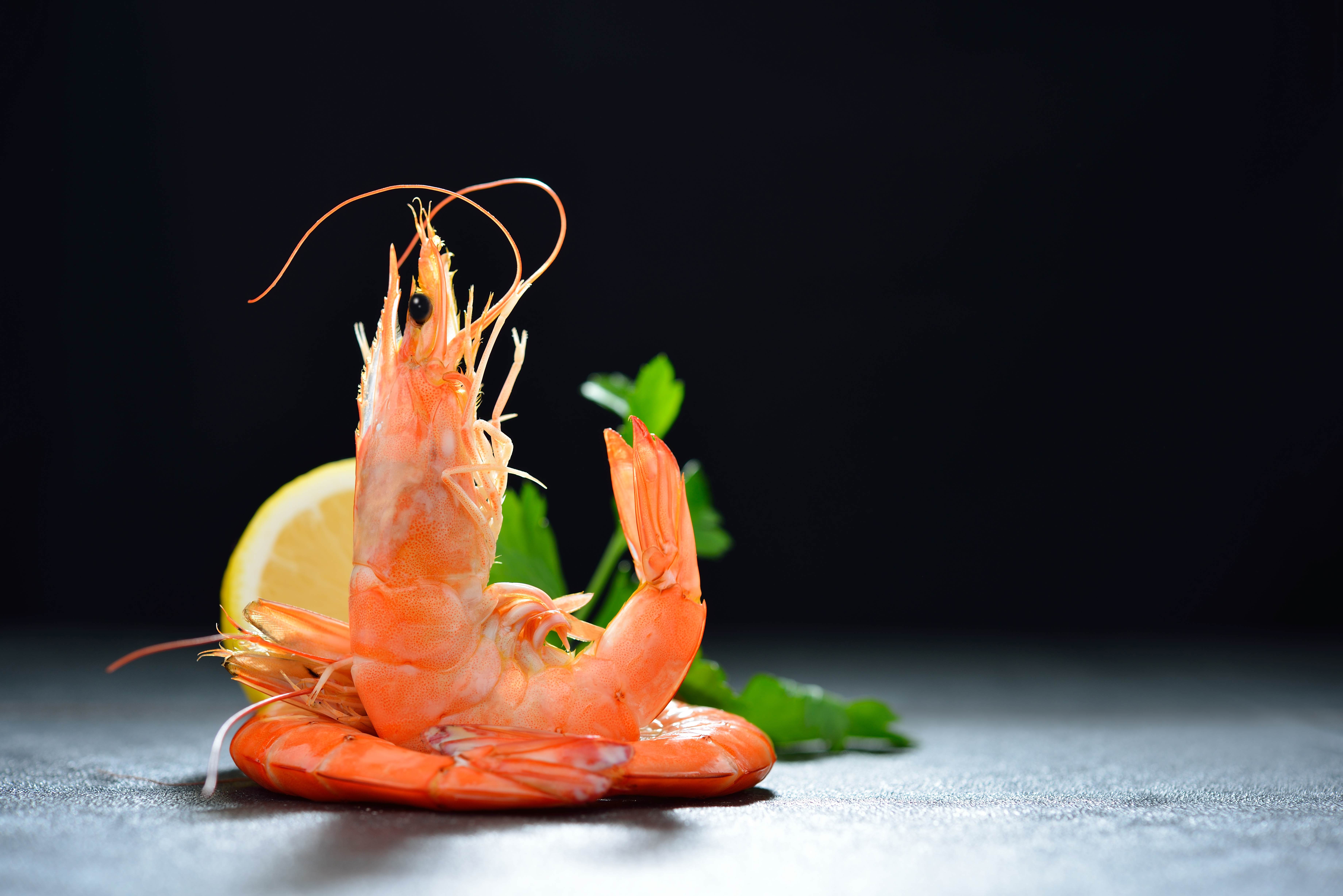
Seafood offers a unique and flavorful way to increase your protein intake, with options like salmon, tuna, and shrimp leading the pack. Rich in omega-3 fatty acids, seafood provides heart-healthy benefits alongside protein. The nutritional advantages of seafood, combined with simple preparation techniques that highlight natural flavors, make it easy to enjoy these protein-rich foods regularly.
8. Eggs: The Versatile Protein
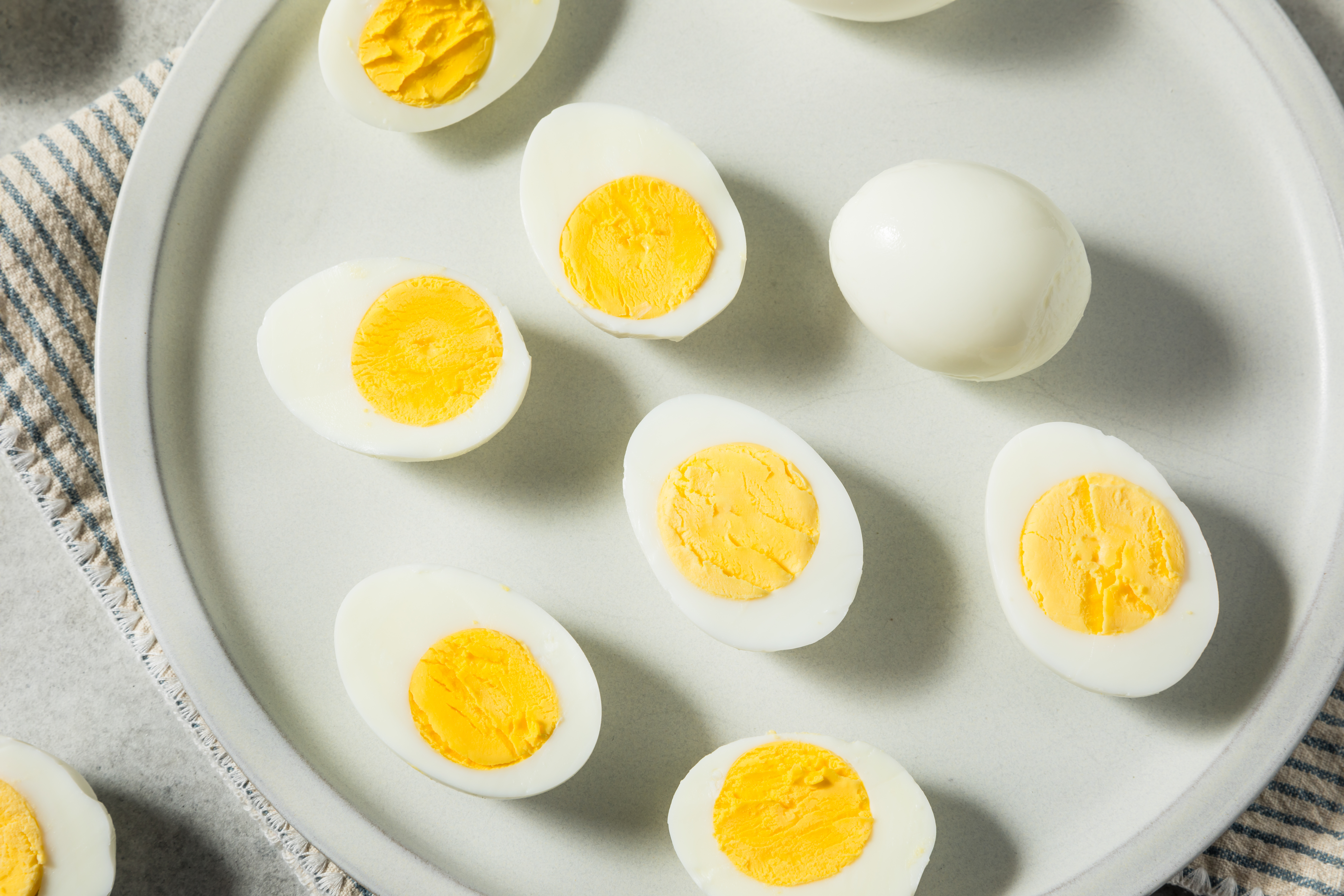
Eggs are a versatile and affordable source of protein that can be incorporated into any meal of the day. From scrambled eggs at breakfast to hard-boiled eggs as a snack or in salads, their culinary possibilities are endless. The nutritional benefits of eggs are significant, including their important role in muscle maintenance and brain health.
9. Nuts and Seeds
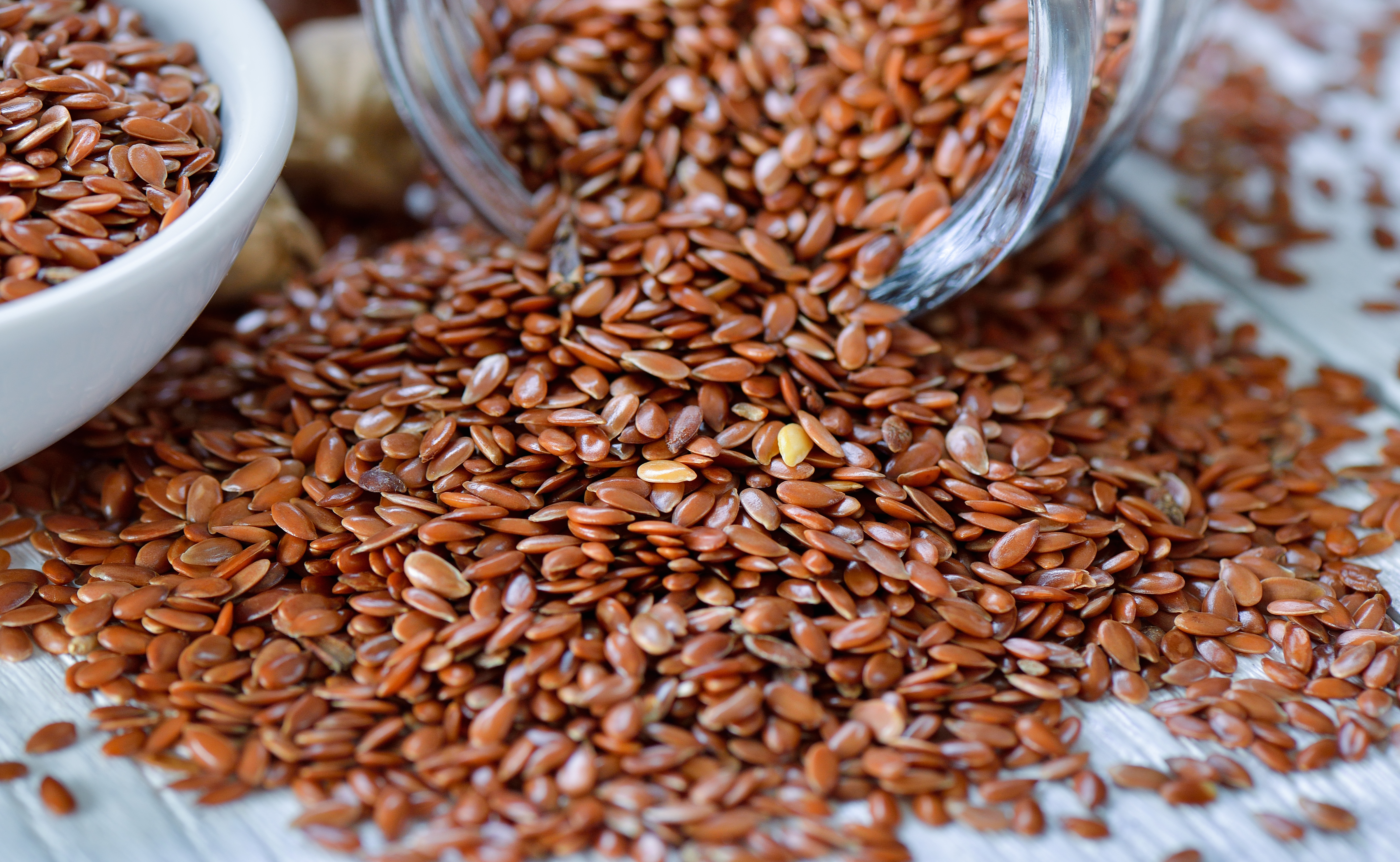
Nuts and seeds are not only rich in protein but also provide healthy fats and essential nutrients. Almonds, walnuts, chia seeds, and flaxseeds can be added to smoothies, salads, or baked goods to enhance both flavor and protein content. Exploring the health benefits shows that incorporating nuts and seeds into smoothies, salads, or baked goods offers practical ways to enhance meals. By understanding their nutritional profiles, you can make informed choices that contribute to a balanced and protein-rich diet.
10. Legumes and Pulses
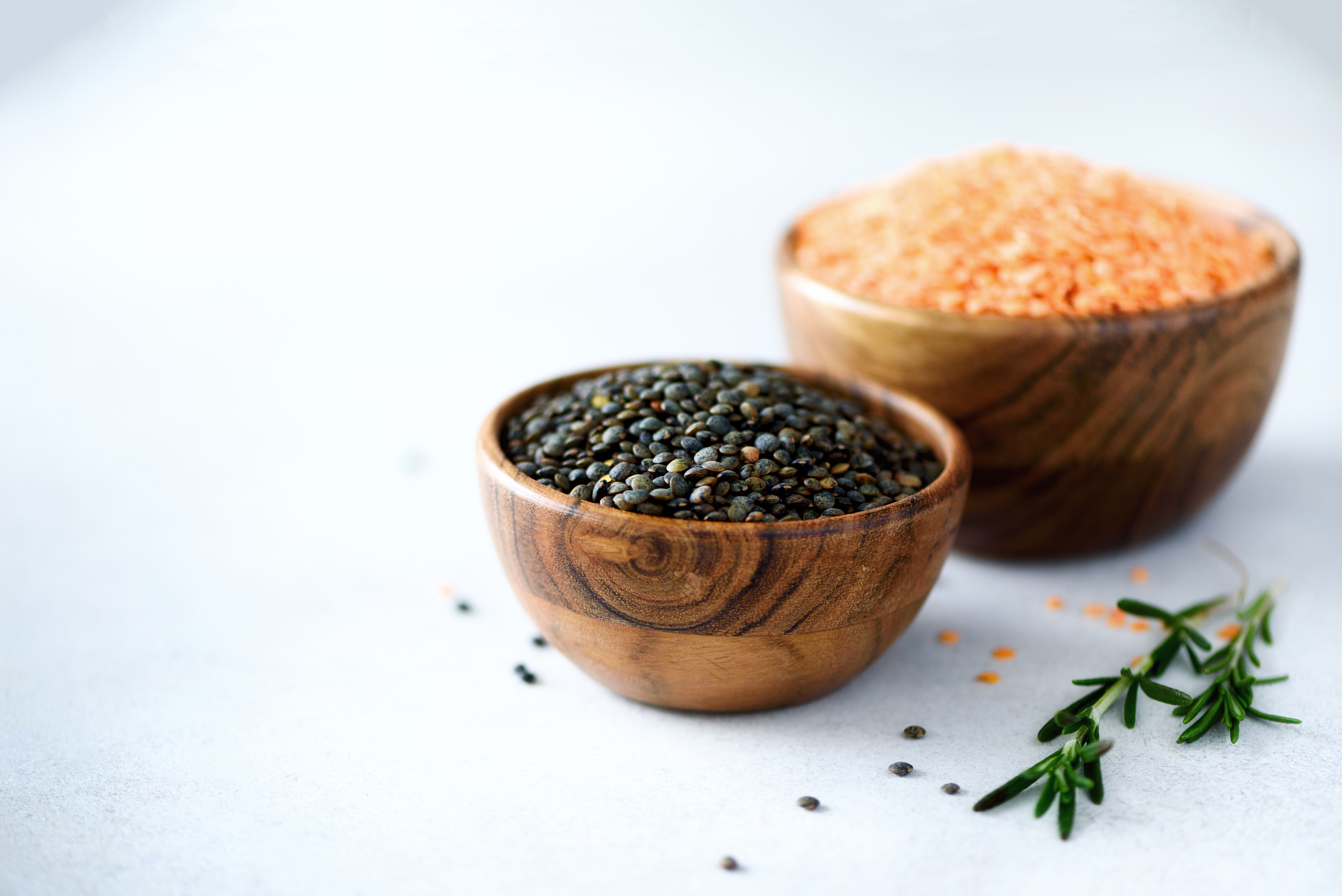
Legumes and pulses, such as beans, lentils, and peas, are excellent sources of plant-based protein and fiber. They can be used in a variety of dishes, from soups and stews to salads and side dishes. The nutritional benefits of legumes and pulses are notable, including their positive role in heart health and weight management.
11. The Role of Protein Supplements

In some cases, protein supplements can be a convenient way to ensure adequate protein intake, especially for those with increased needs, such as athletes or individuals with specific dietary restrictions. Different types of protein supplements are available to consider, including whey, casein, and plant-based options. By understanding the role of supplements, you can make informed decisions that support your dietary goals.
A Balanced Approach
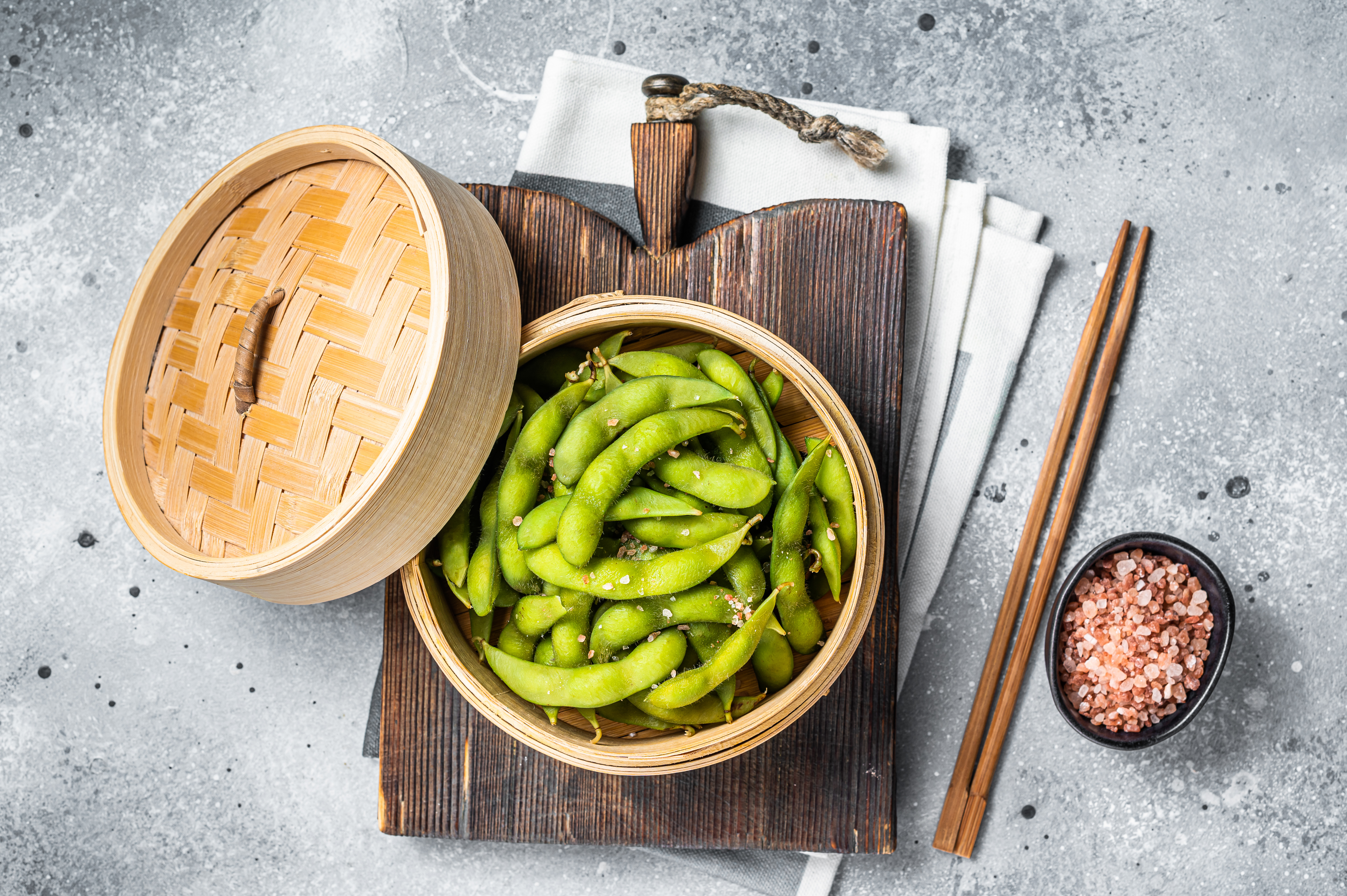
Incorporating more protein into your daily diet doesn't have to be a daunting task. By exploring a variety of sources and methods, you can seamlessly elevate your meals and enjoy the numerous health benefits that protein provides. From breakfast to dinner, and snacks in between, the possibilities are endless. This article has provided a comprehensive guide to understanding and integrating protein into your diet, empowering you to make informed choices that support your health and well-being. Remember, balance is key, and by diversifying your protein sources, you can enjoy a nutritious and satisfying diet that enhances your quality of life.
